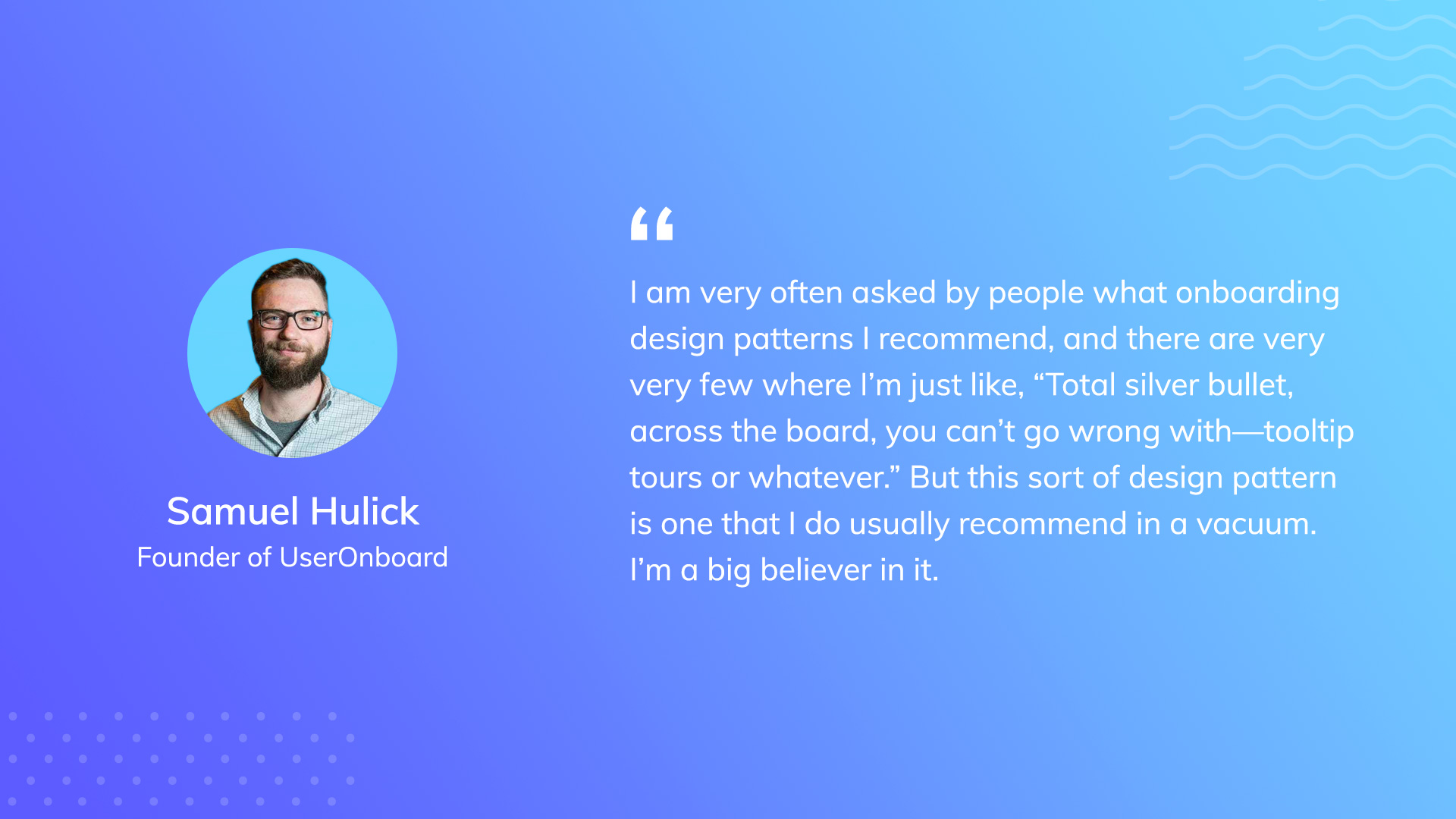Introducing Appcues Checklists: A proven way to increase activation rate

.png)

.png)
Imagine you’re having friends over for dinner. You’re at the grocery store without a list, relying on your memory to buy the ingredients you need. You make it to your house just in time to cook dinner—only to realize you forgot the salad dressing. “Why didn’t I make a checklist?” you sigh with remorse.
We’ve all been there.
Checklists are one of the most widely used organization tools. And with good reason—in addition to being simple and easy-to-use, they are a proven way to counteract our psychological limitations and produce great outcomes.
When a team led by Atul Gawande, a leading surgeon and author of The Checklist Manifesto, introduced a two-minute checklist to eight hospitals as part of a research study in 2008, deaths dropped by 47%.
“[Checklists] catch mental flaws inherent in all of us—flaws of memory and attention and thoroughness. And because they do, they raise wide, unexpected possibilities.”- Atul Gawande, author of The Checklist Manifesto
Over the last four years, Appcues has helped over 1,000 companies create user engagement experiences for almost 25 million people. We have researched leading user-centric companies and learned from their best practices for user onboarding.
Our research, experience, and collective efforts culminate in the launch of Appcues Checklists, a unique yet simple user experience tool that can be used to onboard and engage users at any stage in the user lifecycle.
We have noticed that the product and engineering teams dedicate a significant amount of their time and resources designing, building, and testing their product. They know their product inside out and inadvertently expect their users to have a similar command over their product.
However, in many cases, when users sign up and interact with the product for the first time, they fail to see the value and churn. This can be very frustrating for not only product teams but also for a company’s sales and marketing teams who are likely spending top dollar to acquire new customers.
Checklists address this bottleneck in the users’ journey. Our beta customers’ excitement and successful experiments are testament to the fact that checklists can be a game-changer for consumer-grade SaaS solutions.
In this context, checklists are effective for the following three reasons:

It’s simple. Checklists can be created without writing a single line of code—meaning anyone on your team can make one.
It’s customizable. Appcues Checklists are highly configurable and can be made to look native to your product with a few basic design choices.
It’s relevant. You have full control over who sees your checklist, making it a highly personalized experience for every user segment.
It’s unobtrusive. Checklists appear when needed and keep users in control without distracting them from the task at hand.
It’s responsive. Checklists offer instant gratification as users complete each step—and reward them with a celebratory message after they have completed the process.
Now that you know why you should use Appcues Checklists for user onboarding, go ahead and create your first checklist. It literally takes less than five minutes.